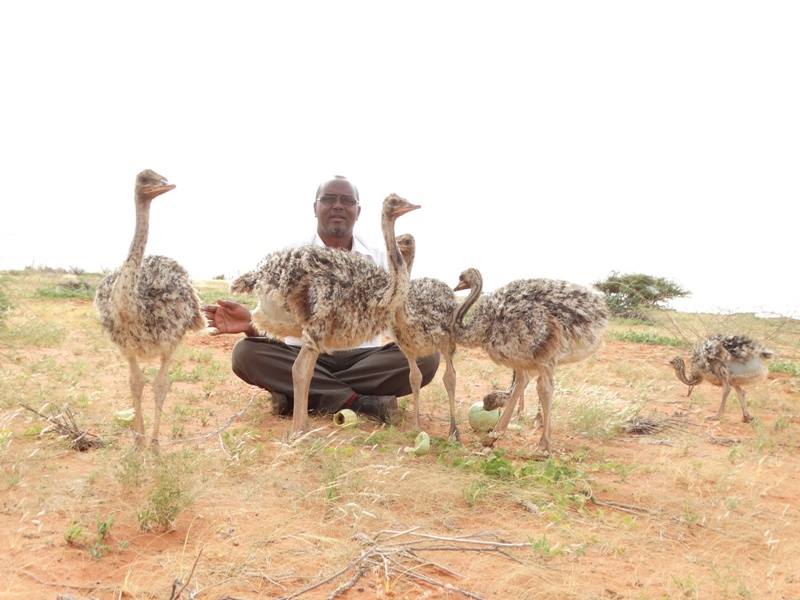
Wildlife are under threat across Somalia as the human population expands and urban development spreads into rural habitats. War, climate change and drought, and hunting have also taken a huge toll on some of Somalia’s wild animals that are now in danger of extinction.
As this is World Wildlife Week (3-10 March), Radio Ergo spoke to Abdikadir Ahmed Hassan, an environment and agriculture lecturer and head of research at Zamzam University in Mogadishu, who explained the value of wildlife in Somalia and why they need to be protected.
Q: What are the benefits of wild animals to the environment?
Abdikadir: Wild animals, whether birds or other animals, contribute to the pollination process of plant reproduction and therefore are vital. In addition, we can say the environment is composed of intertwined elements. For the soil to be enriched it needs livestock waste, urine and even their dead carcasses. As you know wild animals include herbivores and carnivores, and when the carnivores feed on the herbivores by making a kill, the blood and debris become fertiliser for the soil. Wildlife also contributes to the aesthetic beauty of the environment that we appreciate.
Q: What would happen if the wildlife disappeared?
Abdikadir: If we got rid of wild animals, the land would change and may become a desert, or uninhabitable, because the soil would deteriorate due to lack of fertilisation and would no longer be productive. The nomadic people in the rural areas know this, as there is always grass growing in the sheds where the livestock had been kept after the pastoralists migrate away again. We need to understand what is called the food chain: if we don’t have any grass it would affect wild animals who feed on each other, as each animal depends on another, and if one is not available it affects the chain. Therefore wild animals are in fact very beneficial to the environment.
Q: Do wild animals affect the availability of fodder for people’s livestock?
Abdikadir: If there were no wild animals, there would be a reduction in fodder available because of the lack of biodiversity, which means the diversity of living organisms in a particular area. For vegetation to grow, it needs the animals to transport the seeds. There are some trees that we plant ourselves and others that animals feed on and then transport the seeds [through their droppings]. So if we no longer had the animals and birds, the formation of new forests or new trees would be difficult.
Q: What effect does climate change have on the wildlife in Somalia?
Abdikadir: Climate change happens when the temperature in certain areas changes. The soil changes and the rain pattern changes. So if climate change occurs and there is less rain, that affects the trees which depend on rainfall and that in turn affects the herbivores who eat the trees, and this again will affect the carnivores.
In Somalia there are three issues affecting wildlife. First when the civil war happened, some of the wild animals escaped the fire and migrated away to neighbouring countries. There are some who were affected by climate change and deforestation and they also died. Other have died of disease and water shortage.
Q: Finally, what is your message about protection of wildlife?
Abdikadir: To protect wildlife, we need conservation areas where the animals and their habitats can be protected. There are two groups of animals, those that are endangered and others that are not. Among the endangered animals are antelope. In Somalia there used to be 12 different species of antelope and four of them have disappeared already while the others are at risk of becoming extinct. People need more awareness about the need to stop hunting of wildlife such as antelope. We also need laws to protect the wildlife.
